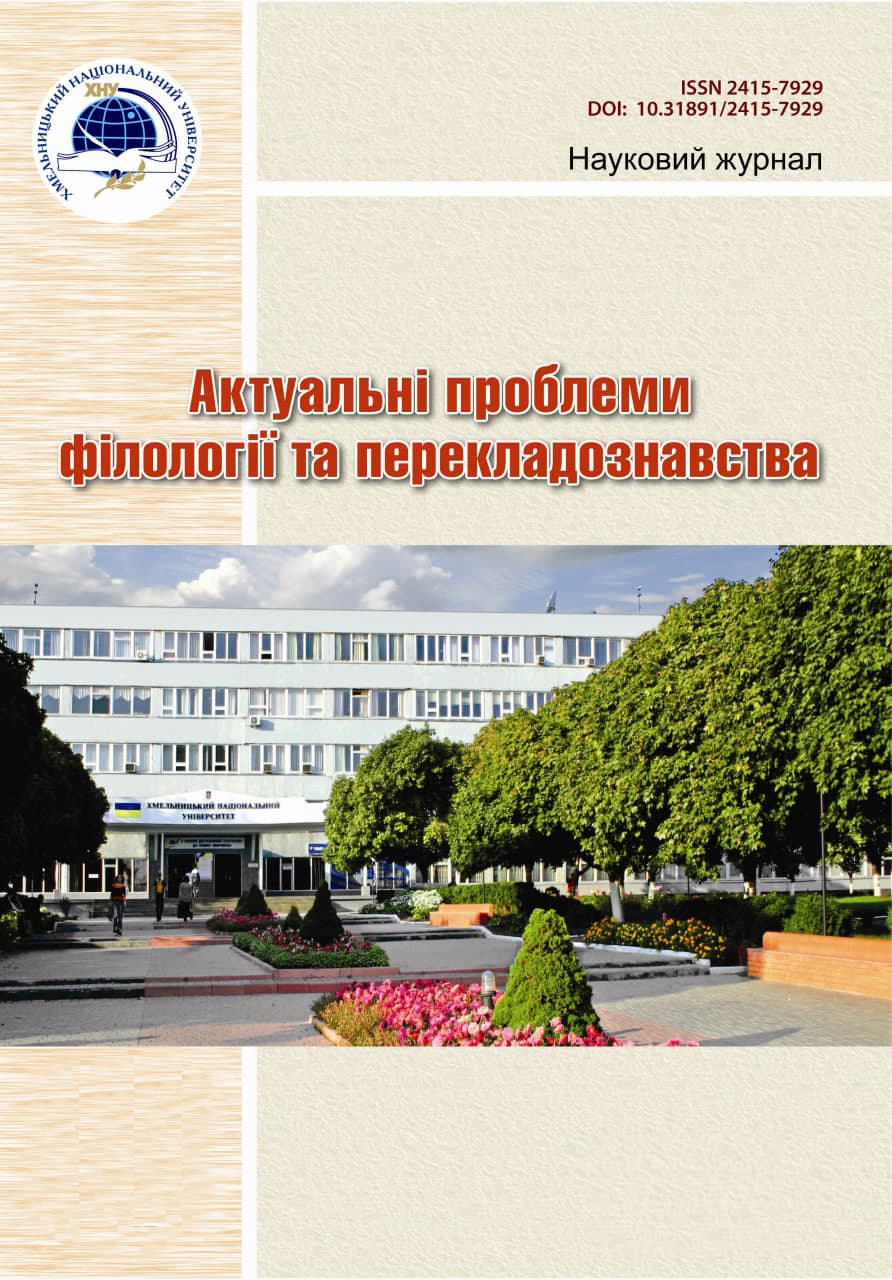SERMON AS THE MAIN ORATORY GENRE IN POLISH RELIGIOUS DISCOURSE
DOI:
https://doi.org/10.31891/2415-7929-2021-21-13Keywords:
religious discourse, sermon, homiletics, suggestive influence, linguistic pragmatics, communicative linguisticsAbstract
Determining the specifics of the religious picture of the world and specific characteristics of the main religious concepts in the Polish language, which are already fully and comprehensively studied in linguistics, serve as a basis for the analysis of Polish religious discourse. Religious discourse is based on a set of dogmas and values. In the institutional dimension, it is aimed at the integration of individuals, not only the formal support of belonging to one group and its opposition to foreign groups, but also the education of certain ideas and principles, a special model of behavior approved by the creed. The problem of the art of preaching, its moral content, which has been studied in detail by theologians in the historical context of the development of Christian spirituality, requires philosophical understanding in terms of its communicative impact on a particular listener.
In this regard, it is important to study the essence of the communicative features of the use of the art of preaching by Christian preachers - spiritual leaders, whose main task was the embodiment of Christian moral and ethical values. Religious style as a separate functional variant of the modern Polish language has a specific scope and linguistic features. At the same time, it incorporates the elements of various functional styles, including artistic and journalistic, which is manifested in a large number of figurative expressions, the use in most genres of expressive means to influence the listener during the worship, including the sermons.
The sermon, like any other genre of speech, is characterized by a communicative situation, expression and expressive intonation, volume, concept of the addressee and the addresser. It has a communicative purpose, a double meaning, factors of the communicative past and communicative future, linguistic embodiment. The sermon is characterized by didacticism and wide possibilities of influencing the consciousness of the addressee, promotes the formation of moral concepts.
Downloads
Published
Issue
Section
License
Copyright (c) 2021 Л. ЛУКІНА (Автор)

This work is licensed under a Creative Commons Attribution 4.0 International License.

